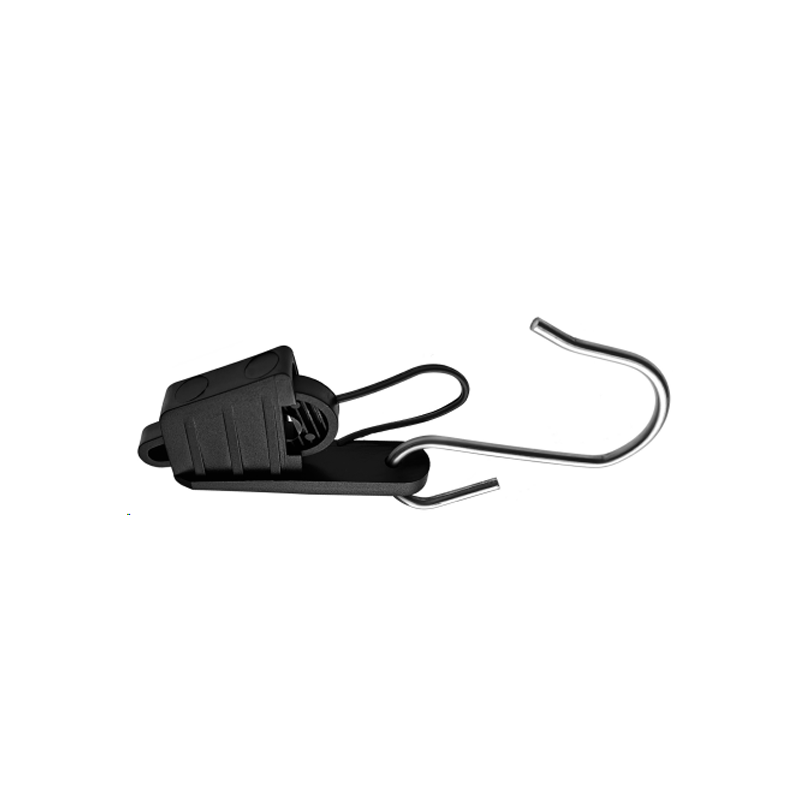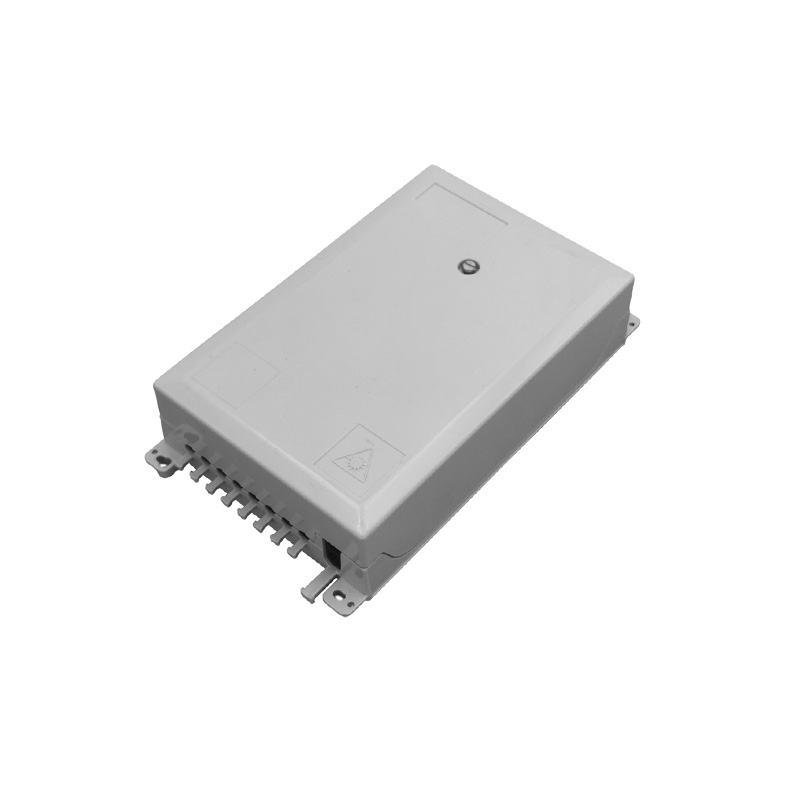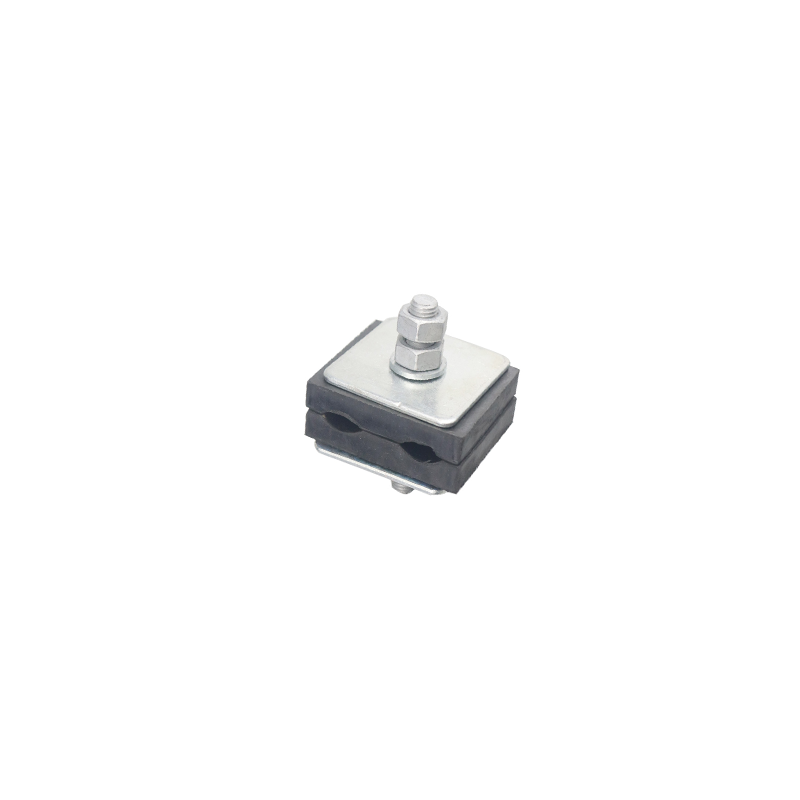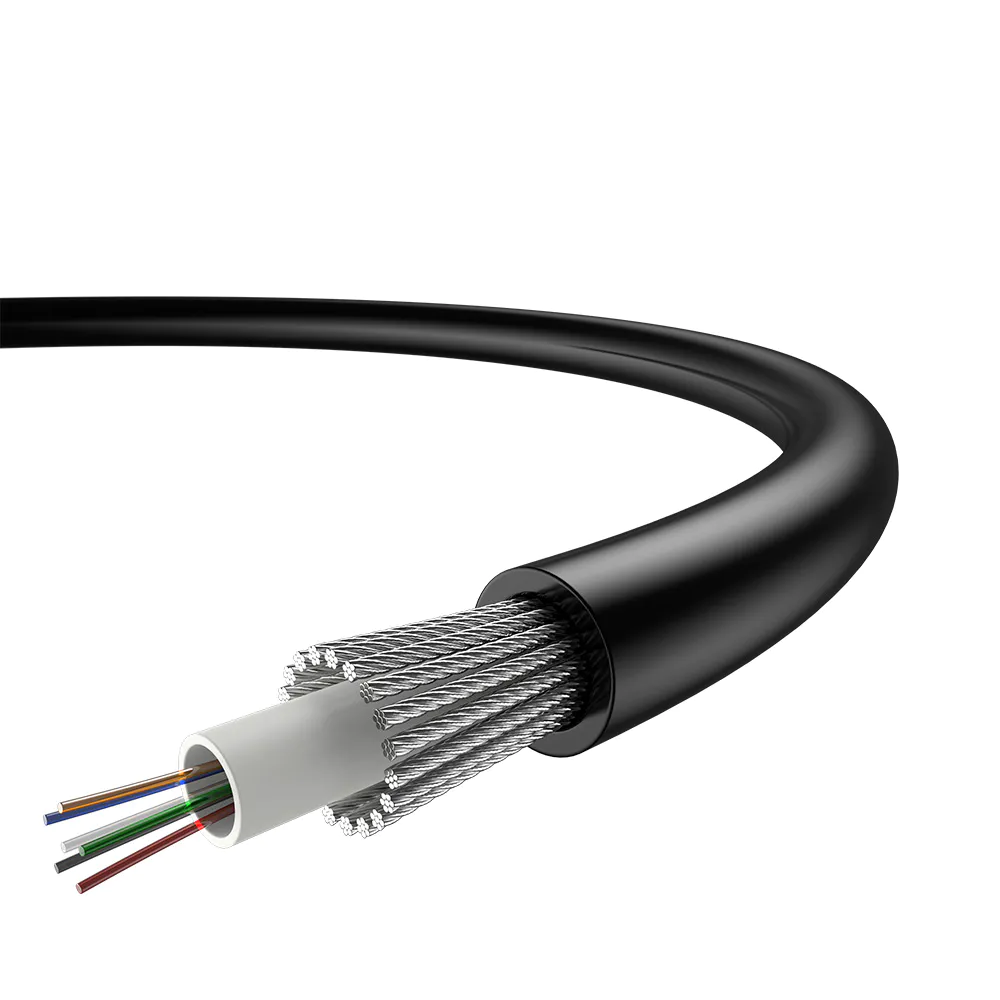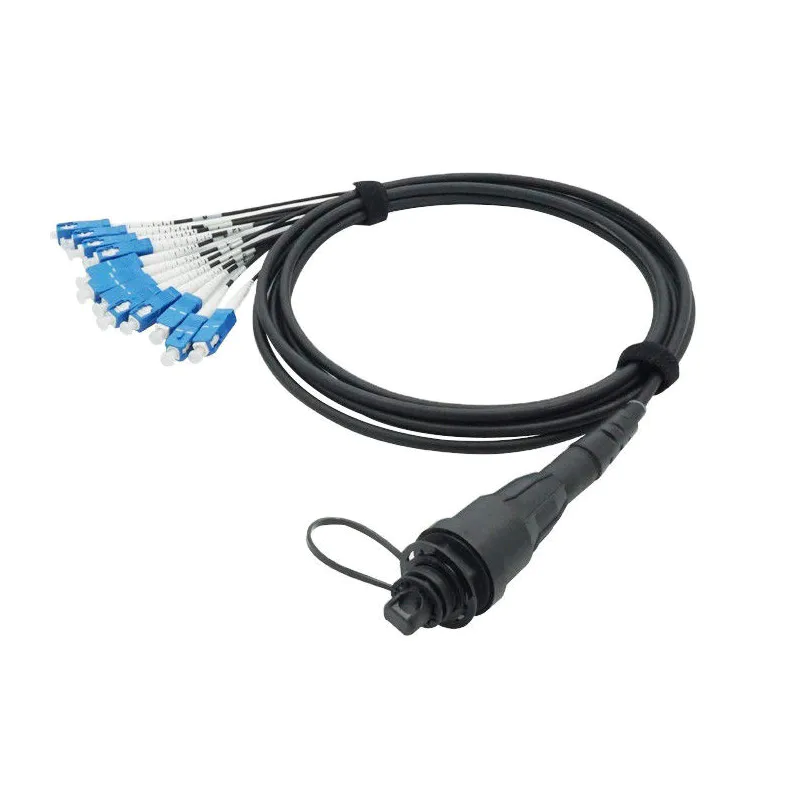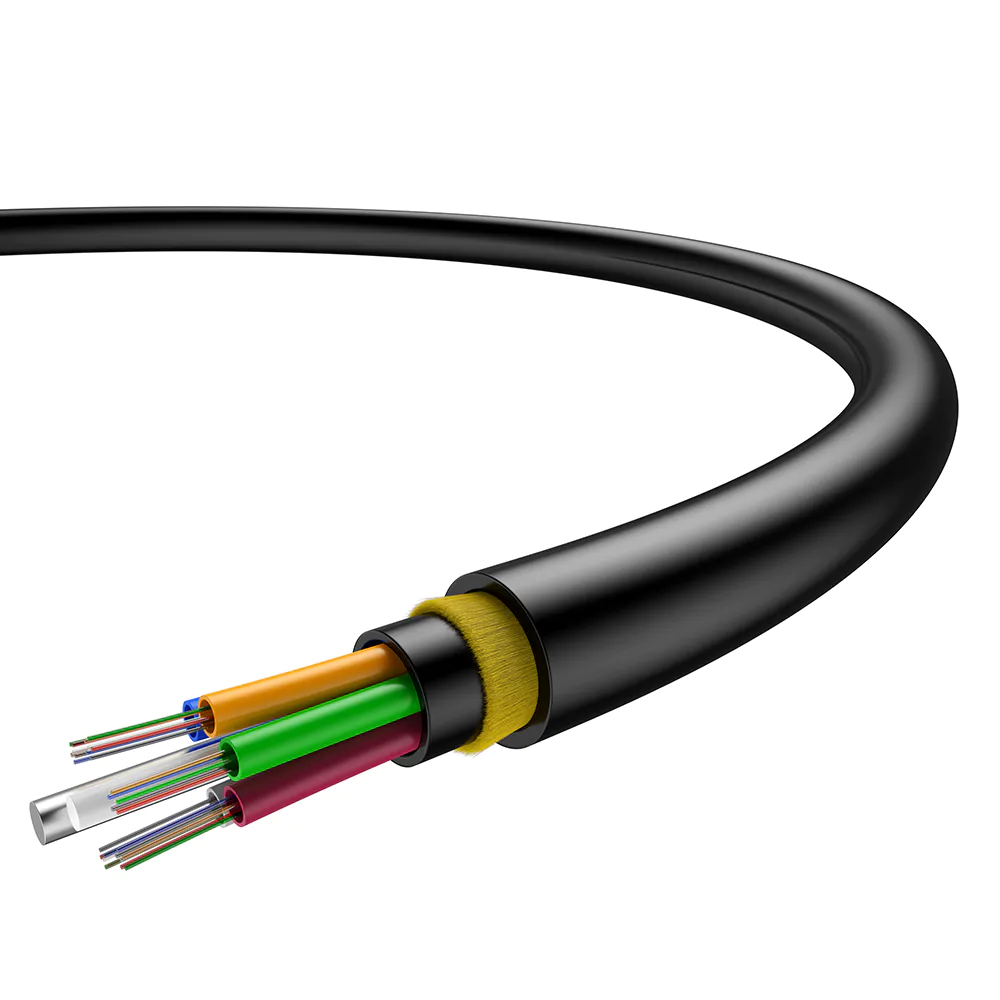Advantages of Fiber Optic Transmission
Date: 2024-08-25
After Maiman, an American scientist, invented the world's first laser 1960, provided a good light source for optical communication. In the following two decades, research was carried out on optical transmission media and, finally, Low-loss optical fibers were manufactured. Since then, Optical communication has entered a phase of rapid development. Fiber optic transmission has many notable advantages.
Wide Frequency Band
The frequency band represents the transmission capacity. The higher the frequency of the carrier wave, the greater the bandwidth in which the signal can be transmitted. Although optical fibers can have different losses due to the use of different frequencies of light, its bandwidth can reach 30.000 GHz. can be arranged 2.000 optical carriers in the range of 30.000 GHz using advanced coherent optical communications. Can host millions of channels.
low loss
Los best cables coaxial cables have a loss of more than 40 dB per kilometer when transmitting signals 800 MHz. Instead, the losses of optical fibers are much lower. For 1.31um light transmission, the loss per kilometer is less than 0,35 dB. If 1.55um light is transmitted, the loss per kilometer is even less, until 0,2 dB or less. This level of power loss allows transmission over much greater distances..
Light weight
Optical fibers are very fine. An optical cable composed of between 4 Y 48 fibers has less than 13 mm in diameter. It is much smaller than the 47 mm diameter of a standard coaxial cable. Besides, optical fibers are glass, giving it a small diameter and light weight. So, It is very easy to install.
High Resistance to Interference
The basic component of optical fibers is quartz., that only transmits light and does not conduct electricity. So, the optical signals that are transmitted in them are not affected by electromagnetic fields. Thus, fiber optic transmission is highly resistant to electromagnetic and industrial interference. Signals transmitted by fiber optics are less likely to be heard and facilitate confidentiality.
Reliable Performance
The reliability of a system is related to the number of devices that compose it.. The more devices there are, the higher the probability of failure. Fiber optic systems contain fewer devices and are naturally more reliable. Besides, los fiber optic devices have a long shelf life, with a failure-free operating time of 500.000 a 750.000 hours.
Downward Costs
A new Moore's Law has been proposed, also called Optical Law. This law establishes that the bandwidth of information transmitted by optical fibers increases by a factor of one every six months., while the price decreases by a factor of one. The development of optical communication technology has laid a very good foundation for the development of broadband technology for the Internet..
Resume
The working principle of fiber optic cables is mainly realized by photoelectric signal conversion and light transmission principle.. As an important part of modern communications, optical fibers will continue to be used and developed in the future.

